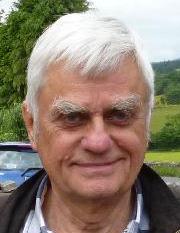| Title: | The Three Rs of Software Preservation: Rescue, Retention and Relevance | ||
| Speaker: | David Holdsworth | ||
| Date: | Tue 21st October 2014 | ||
| Time: | 17:30 Room open in advance (from 17:00) meet up with society members. | ||
| Location: | The Conference Centre. Manchester Museum of Science and Industry, Liverpool Road, Manchester. M3 4FP |
||
| and again on | |||
| Date: | Thu 20th November 2014 | ||
| Time: | 14:30 | ||
| Location: | Fellows Library of the Science Museum, Exhibition Road, London SW7 2DD |
||
